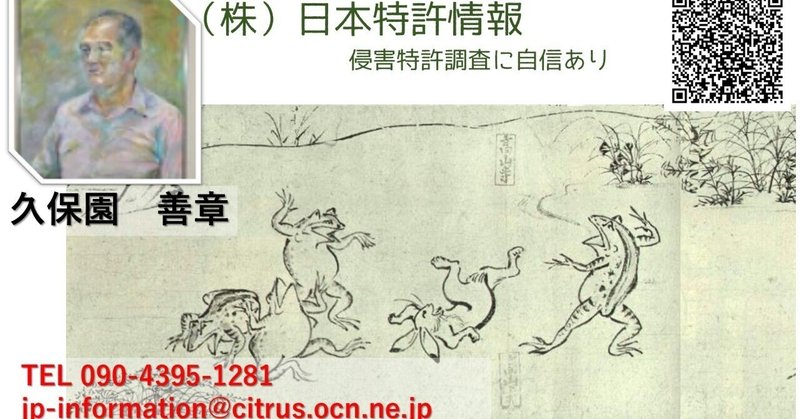
裁判所の判決文についての(提案ー2)です。
同じく、平成30年(ワ)第10130号を例にしてのものです。
判決文は必要最小限のもののみで、裁判所の判決文の様式に叶うようにしたものです。
(これは、紐無しフンドシ文です)。
「事実」や「理由」などはすべて別紙とし、上記の様式に拘束されることなく、自由に作成すべき、との考えに基づいたものです。
特に、【原告の主張】、【被告の主張】および【当裁判所の判断】を、縦にふんどし文にするのではなく、各構成(主張・判断)ごとに横に並列して並べて「3者を対比」することが出来ます。
この形式により、【原告の主張】と【被告の主張】、そして【当裁判所の判断】を理解する上で非常に役立つことと考えます。
また、ファクトである特許明細書の加工・改ざんなどに対するセキュリティにも対処できるものと考えます。
(Google Translation)
This is (proposal-2) regarding the court's judgment.
Similarly, this example uses No. 10130 of 2018 (Wa).
The text of the judgment is the minimum necessary and is designed to conform to the format of a court's judgment.
(This is a fundoshi sentence without strings).
This is based on the idea that all "facts" and "reasons" should be placed on separate sheets, and that they should be created freely without being bound by the above format.
In particular, instead of arranging [plaintiff's claim], [defendant's claim], and [this court's judgment] vertically, they should be arranged horizontally for each component (allegation/judgment).
You can compare the We believe that this format will be extremely helpful in understanding the [plaintiff's argument], [defendant's argument], and [this court's judgment].
We also believe that it will be possible to deal with security against manipulation and falsification of patent specifications, which are facts.
(Google 翻译)
这是关于法院判决的(提案-2)。
同样,本例使用2018年(Wa)第10130号。
判决书的文本是最低限度的必要内容,并且旨在符合法院判决书的格式。
(这是一个没有字符串的fundoshi 句子)。
这是基于这样的想法:所有“事实”和“原因”都应该放在单独的纸上,并且它们应该自由创建,而不受上述格式的约束。
特别是,【原告诉讼请求】、【被告诉讼请求】、【本院判决书】不要纵向排列,而应该针对每个组成部分(指控/判决)横向排列。
我们相信这种格式对于理解【原告的诉讼请求】、【被告的诉讼请求】以及【本院的判决】非常有帮助。
我们还相信,解决专利说明书的操纵和伪造问题是可能的,这是事实。
この記事が気に入ったらサポートをしてみませんか?
